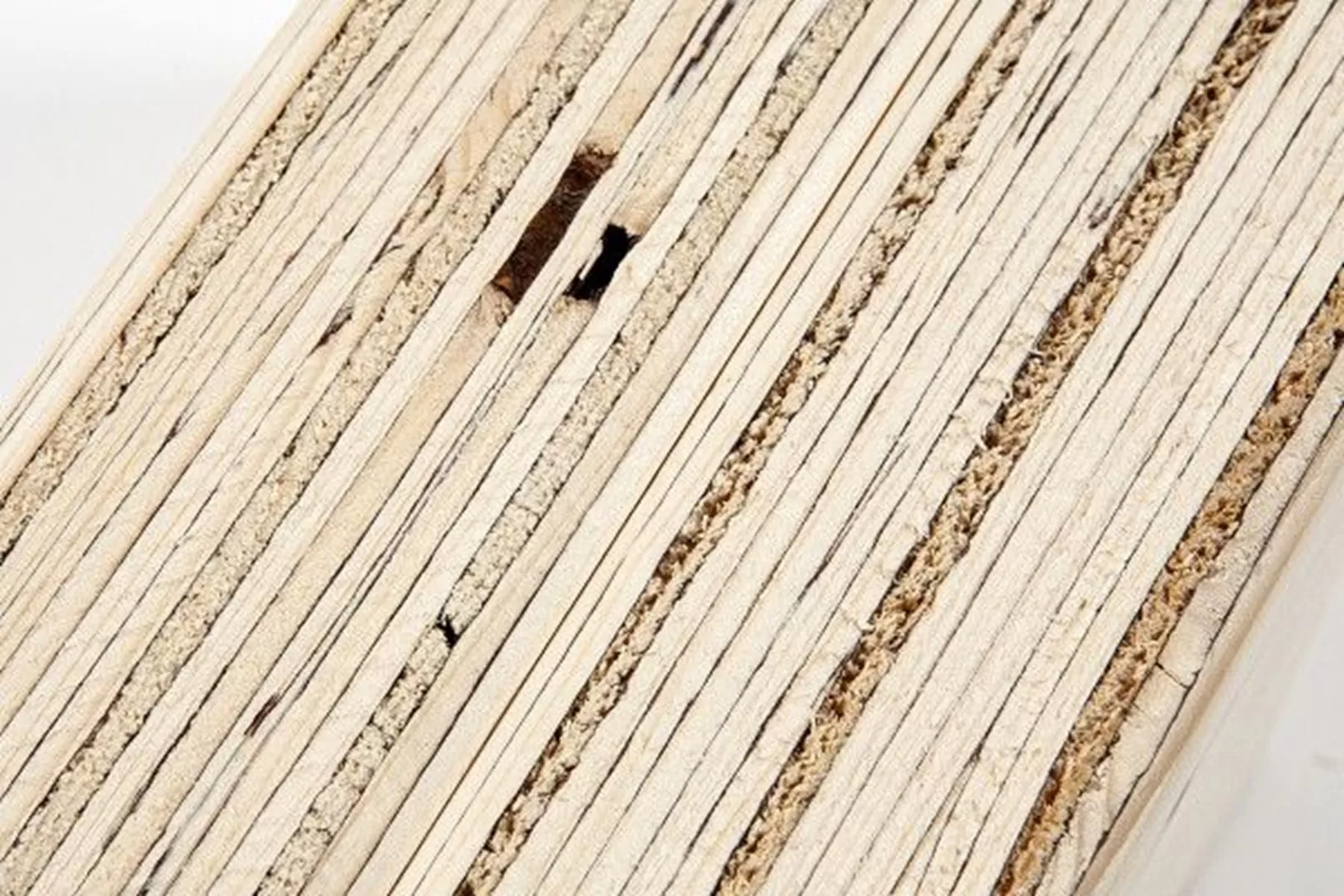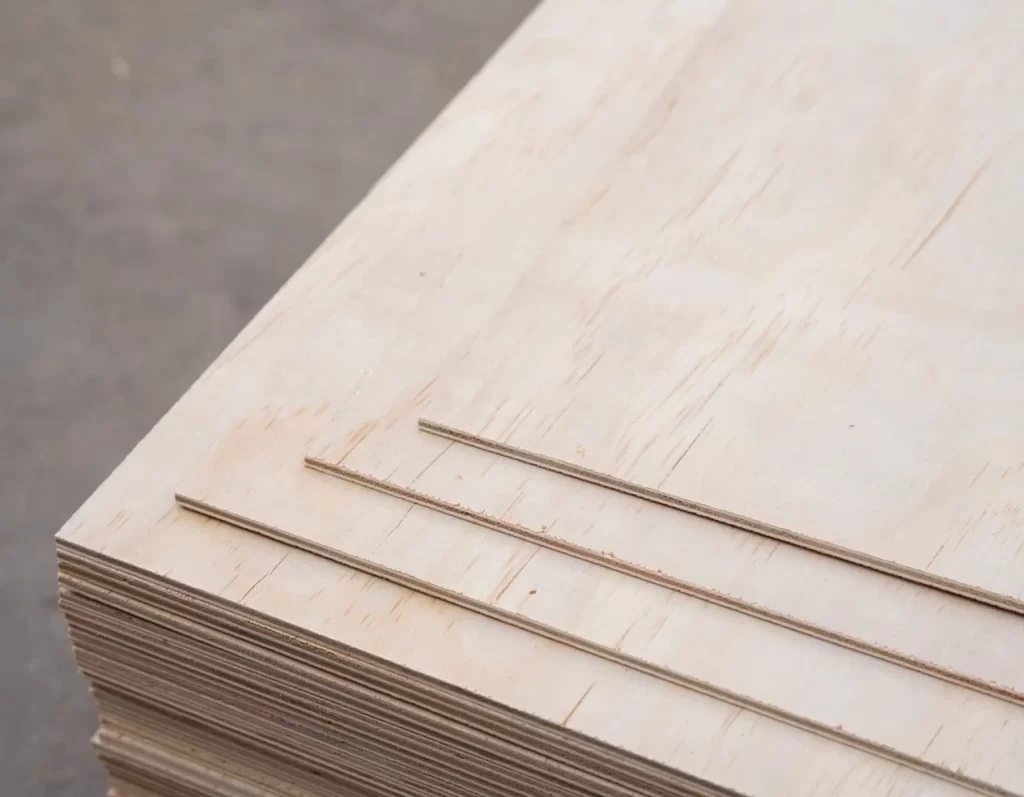Insight
What is LVL? Applications, features, and export guide
Laminated Veneer Lumber (LVL) is an engineered wood product made by bonding thin wood veneers together under heat and pressure. With its remarkable strength, dimensional stability, and uniformity, LVL has become a popular alternative to traditional lumber in both construction and industrial packaging. As sustainability and efficiency become critical priorities in modern manufacturing and export, LVL stands out as a key material in international wood markets.
This article will walk you through what LVL is, its core features, main applications, and essential considerations for exporting it globally.
What is LVL?
LVL (Laminated Veneer Lumber) is created by layering multiple sheets of thin wood veneers in the same grain direction, then bonding them with durable adhesives. The result is a solid and stable product that mimics the strength of hardwood but is more predictable and consistent in quality.
Originally developed for structural uses, LVL has found a wide range of applications from scaffolding planks to crates and heavy-duty packaging components. It is commonly manufactured from fast-growing wood species like eucalyptus, acacia, or pine, making it a renewable and environmentally friendly material.

Key features of LVL
The engineered nature of LVL provides a host of benefits that make it superior to traditional sawn timber for many applications
High Strength-to-Weight Ratio
LVL can carry heavy loads without significant weight, making it ideal for both structural and packaging purposes.
Dimensional Stability
The lamination process and controlled moisture content make LVL highly resistant to warping, twisting, bowing, cupping, or shrinking. It maintains its shape and size over time.
Consistent Quality
As a factory-made product, LVL is free from the natural defects found in solid wood, such as knots, splits, and wanes. This uniformity ensures predictable and reliable performance in structural applications.
Customizable Dimensions
LVL can be manufactured in virtually any length, limited only by transportation constraints. This is a significant advantage over solid lumber, which is limited by the size of the tree it comes from. It is also available in a wide range of depths and thicknesses.
Sustainability
The manufacturing process allows for a more efficient use of wood fiber. It can utilize smaller-diameter logs and produce a high-yield, high-value product, promoting better forest management.
Applications of LVL in packaging and construction
Thanks to its strength and reliability, LVL is used in a wide variety of structural and non-structural applications:
- Beams, Headers, and Lintels: This is one of the most common uses. LVL is ideal for creating headers over window and door openings, garage door headers, and as primary support beams in floor and roof systems.
- Floor Joists and Roof Rafters: Used as an alternative to solid lumber or I-joists, LVL provides a strong and stable framing solution.
- Rim Boards: LVL rim boards are used to close off the ends of floor and roof systems, providing a strong and stable edge for load transfer.
- Truss Chords: The top and bottom members of roof and floor trusses can be made from LVL to handle high tensile and compressive loads.
- Scaffold Planks: LVL is an excellent material for scaffold planks due to its uniform strength, durability, and resistance to warping. It provides a safer and more reliable platform than many solid wood planks.
- Truck Bed Decking: Its strength and durability make it suitable for the demanding environment of truck and trailer beds.
- Industrial Applications: Used in custom crates, supports for machinery, and other industrial applications where high strength is required.
- Architectural Features: Can be used to create large, exposed beams for aesthetic purposes in modern architecture.


Exporting LVL: Market demand & certifications
LVL has seen increasing demand in global markets including the US, EU, Japan, and the Middle East. Buyers value its mechanical performance, cost-effectiveness, and environmental benefits.
To export LVL successfully, manufacturers should consider:
- Certifications: FSC, ISPM 15, CE, JAS (for Japan), or CARB compliance.
- Quality Standards: Ensure compliance with customer specs on moisture content, bonding strength, and dimensional tolerance.
- Packaging for Export: LVL products must be properly dried, fumigated or heat-treated as per destination country rules.
- Documentation: Commercial Invoice, Packing List, Certificate of Origin, and phytosanitary certificates when required.
Considerations when choosing LVL suppliers
When sourcing LVL, importers and distributors should look for:
- Experience & Export Capability
- Raw Material Traceability (FSC or plantation wood)
- Production Capacity & Lead Time
- Certifications & Test Reports Availability
- Custom Cutting and Branding Services
LVL (Laminated Veneer Lumber) is a strategic material choice for industries requiring reliable strength, eco-friendliness, and flexibility. Whether used for export packaging, structural support, or innovative product design, LVL offers long-term value with proven international demand.
If you’re a buyer seeking sustainable and cost-effective wood materials, get in touch with our team at Unigo today to explore our range of certified LVL products.
For futher information, kindly contact us
Unigo Viet Nam
Hotline: (+84)975.960.929
Email: sales@unigovn.com
Alibaba: https://hlcvn.trustpass.alibaba.com/









